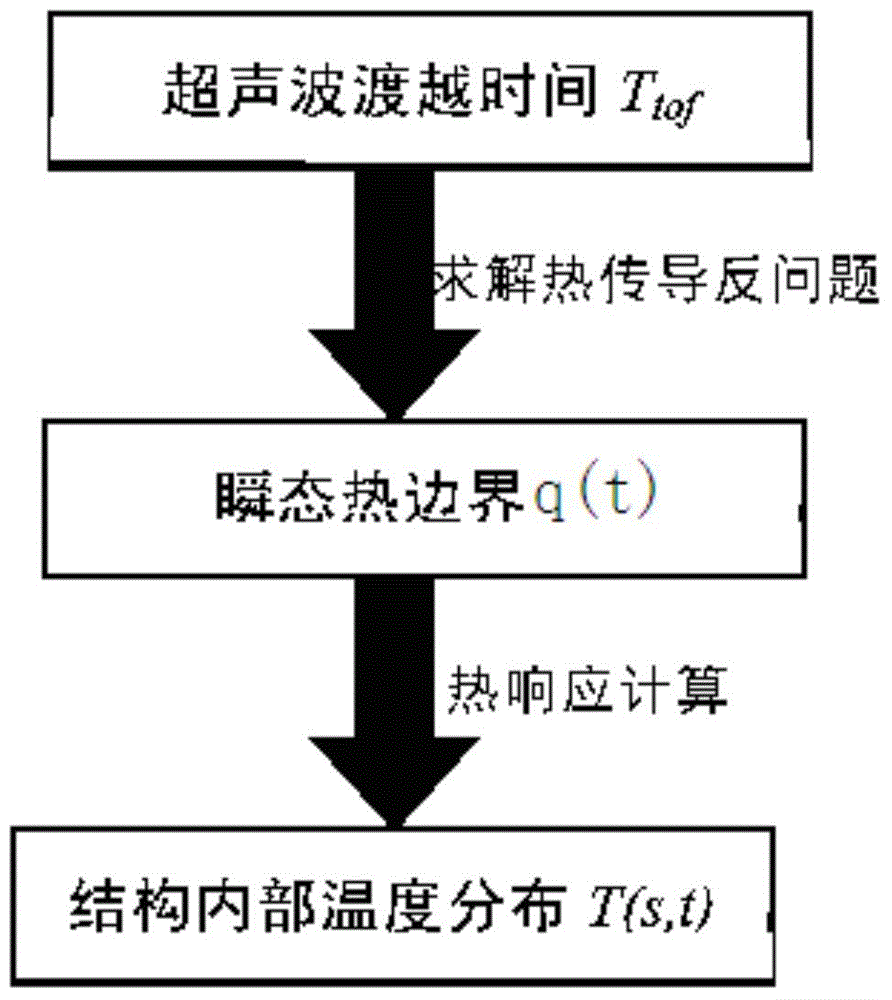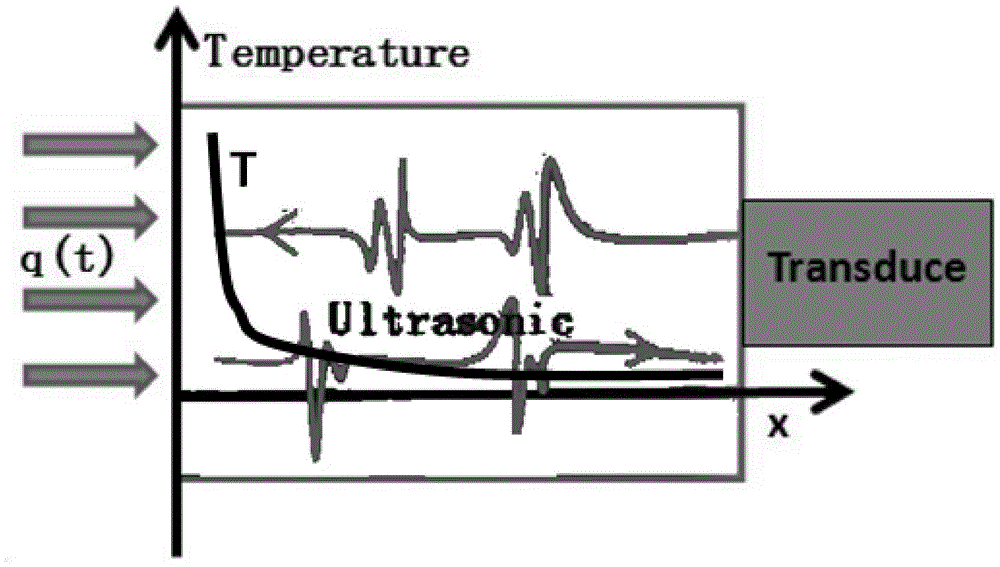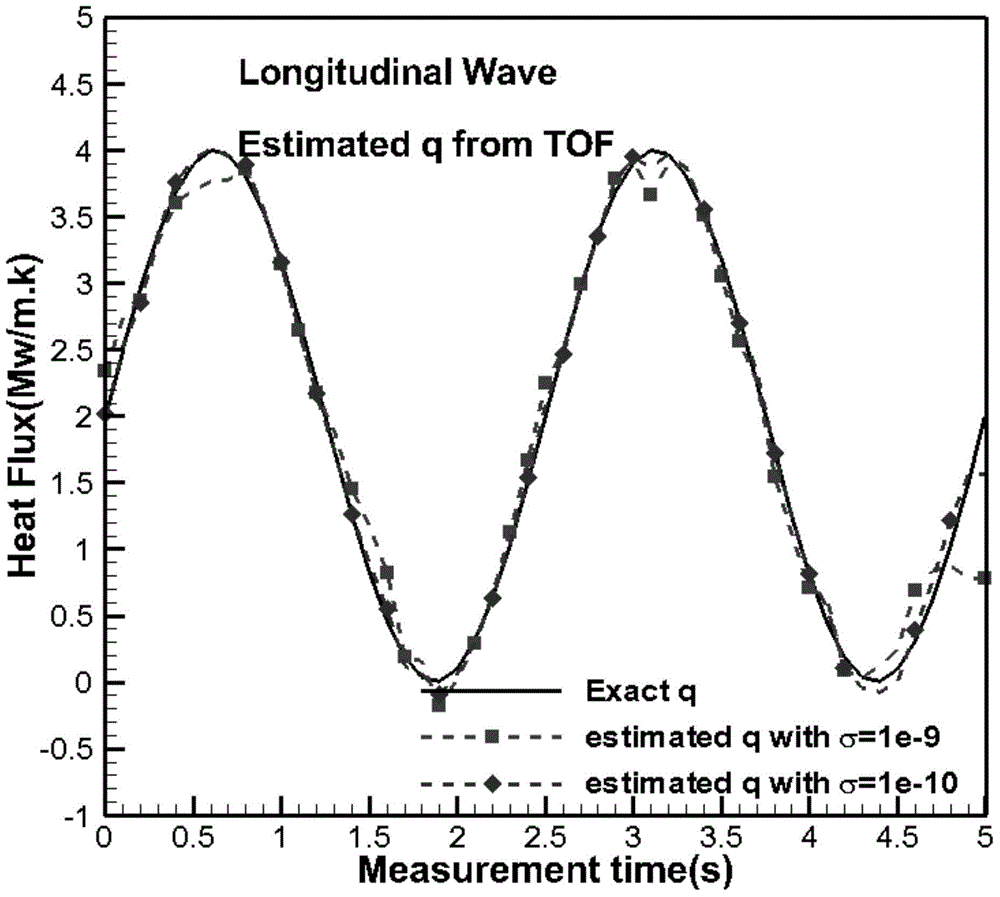Method for reconstructing nonuniform temperature field inside structure and based on transient-state thermal boundary inversion
A transient thermal and non-uniform technology, applied to physical/chemical changes in thermometers, thermometers, measuring heat, etc., can solve problems such as slow response speed, temperature changes or stress concentration of easily damaged sensor structures, and limited to the surface of the structure, etc.
- Summary
- Abstract
- Description
- Claims
- Application Information
AI Technical Summary
Problems solved by technology
Method used
Image
Examples
Embodiment Construction
[0036] The preferred embodiments of the present invention will be described below in conjunction with the accompanying drawings. It should be understood that the preferred embodiments described here are only used to illustrate and explain the present invention, and are not intended to limit the present invention.
[0037] The key points of the reconstruction method of the non-uniform temperature field inside the structure based on transient thermal boundary inversion are as follows:
[0038] 1). The acquisition of the transient thermal boundary needs to solve the heat conduction inverse problem. In the heat conduction inverse problem, the measurement signal is the transit time on the ultrasonic pulse echo propagation path, that is, the temperature accumulation on the ultrasonic propagation path;
[0039] t tof = 2 ∫ 0 s 1 V ...
PUM
 Login to View More
Login to View More Abstract
Description
Claims
Application Information
 Login to View More
Login to View More - R&D
- Intellectual Property
- Life Sciences
- Materials
- Tech Scout
- Unparalleled Data Quality
- Higher Quality Content
- 60% Fewer Hallucinations
Browse by: Latest US Patents, China's latest patents, Technical Efficacy Thesaurus, Application Domain, Technology Topic, Popular Technical Reports.
© 2025 PatSnap. All rights reserved.Legal|Privacy policy|Modern Slavery Act Transparency Statement|Sitemap|About US| Contact US: help@patsnap.com



